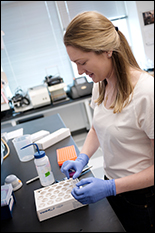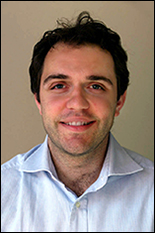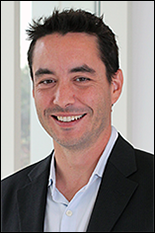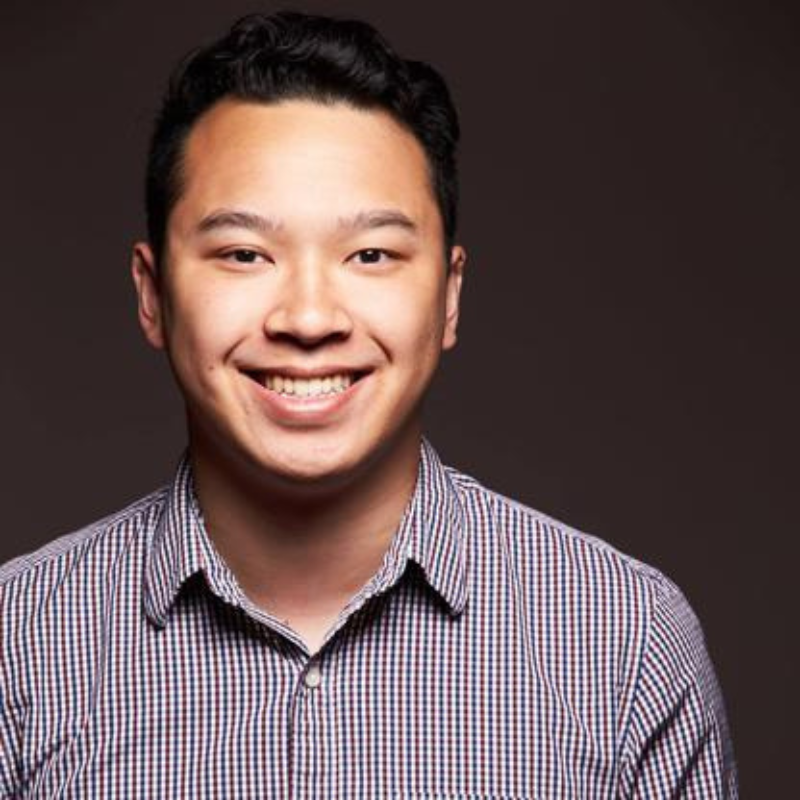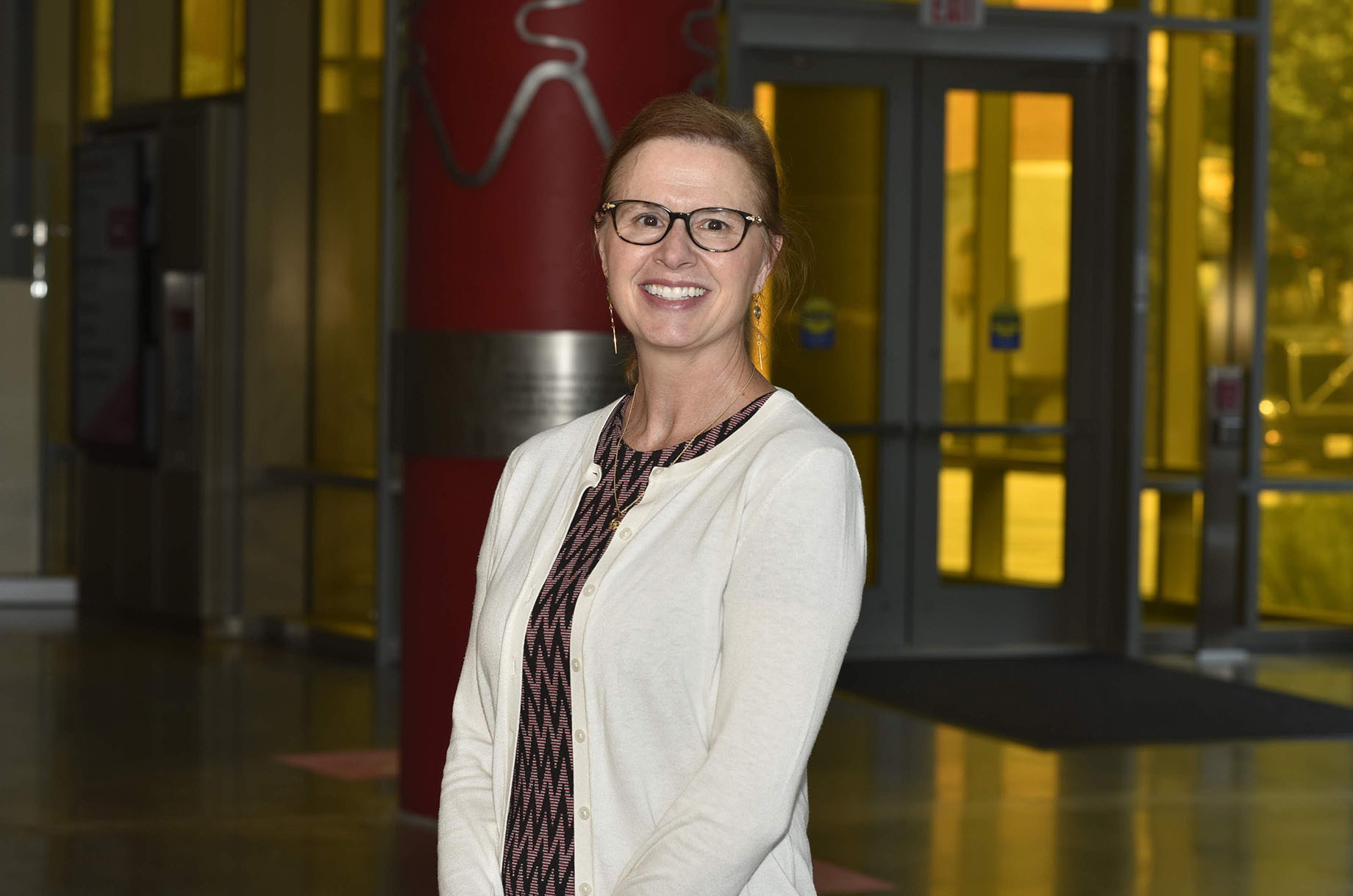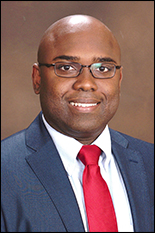News Story
Chip Used to Separate Bacteria from Food Samples Wins Professor Venture Fair
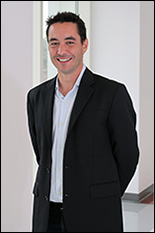
BioE Research Assistant Professor Javier Atencia
University of Maryland (UMD) Fischell Department of Bioengineering Research Assistant Professor Javier Atencia won the Best Inventor Pitch at the 2014 Professor Venture Fair, held as part of Bioscience Research & Technology Review Day. Atencia’s microfluidic chip used to separate bacteria from food samples was one of five innovations presented by faculty members and research scientists at the event, which took place Nov. 20 at the University of Maryland.
The annual Professor Venture Fair gives UMD inventors the opportunity to present new biotechnologies to a team of regional venture capitalists and entrepreneurs. The competition encourages scientists to consider the commercial viability of their work and challenges them to explain their ideas to a non-technical or business-oriented audience.
In his presentation, Atencia described the disposable chip, which allows for the separation of bacteria from an unenriched sample in less than an hour. By separating the bacteria from the sample, specific strains can be identified by polymerase chain reaction (PCR) testing. This is made possible by the fact that the chip is designed to load and extract samples using simple pipetting. This simplicity makes the chip easy for any lab technician to use, and it allows onsite testers to carry out quick extraction in the field.
“Foodborne illness in the United States costs billions of dollars each year in health care and other losses,” Atencia explained. “While many of the pathogenic bacteria responsible for foodborne illnesses are known – and testing them is routine – contaminated food still reaches the consumer.”
Part of the problem may be due to the length of time required to test food samples for contamination using current sample preprocessing methods, Atencia noted. Despite the development of modern and fast detection methods, the time required for testing takes one to two days, meaning most food with short shelf-life is sent to customers before testing has been completed.
“The bottleneck of pathogen testing is sample preprocessing,” he said. “Test samples are often a complex mixture of small numbers of pathogens combined with large numbers of other cells, foreign DNA, and other solid particles.”
The presence of these other constituents often interferes with the detection of such pathogens; because of this, a bacterial enrichment step, where the sample is incubated with abundant nutrient media, is often required. But, this enrichment can take from 10 to 36 hours depending on the bacterial species, and it is by far the longest step in the testing process.
That’s why Atencia’s microfluidic chip could make all the difference.
“Ideally, testing that can produce results within a single eight-hour work shift would allow results to be obtained prior to food being shipped to customers,” he said. “This could dramatically decrease the number of incidences in which consumers are exposed to hazardous pathogens in foods.”
Atencia’s win marks the fifth time in the competition’s seven years that a team led by or including members of the Fischell Department of Bioengineering has taken first place:
- In 2013, Professor John Fisher and Fischell Fellow Anthony Melchiorri won for their presentation of a 3D-printed, customized cardiovascular implant system.
- In 2012, Rasa Ghaffarian and her advisor, Associate Professor Silvia Muro, won for their presentation of a new drug delivery system;
- In 2009, a team led by Fisher won for its design of the ProlifiTEC tissue engineering bioreactor system that grows bone and other types of tissue for implantation.
- In 2008, former Fischell Fellow Matt Dowling and his advisor, Professor Srinivasa Raghavan (Department of Chemical and Biomolecular Engineering), representing their startup company Remedium Technologies, won for their blood clotting, biomaterials-based bandages.
The Professor Venture Fair is hosted and sponsored by the Maryland Technology Enterprise Institute (Mtech), the university's Office of Technology Commercialization, the Dingman Center, and the College of Computer, Mathematical, and Natural Sciences.
The work leading to Atencia’s invention was supported by the Office of Law Enforcement and Security (OLES) at the National Institute of Standards and Technology.
Published December 3, 2014


